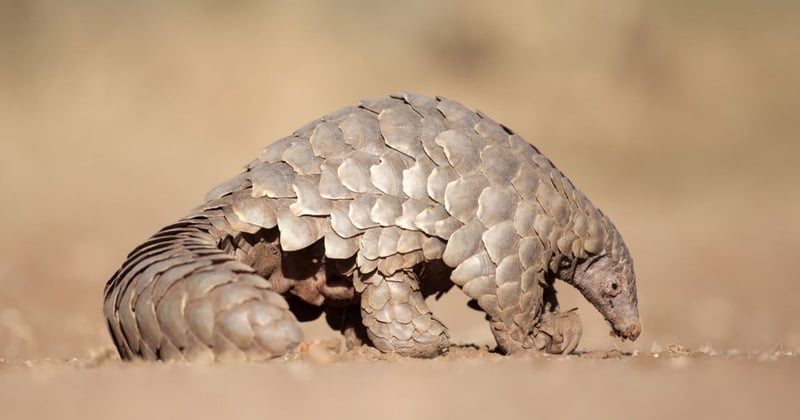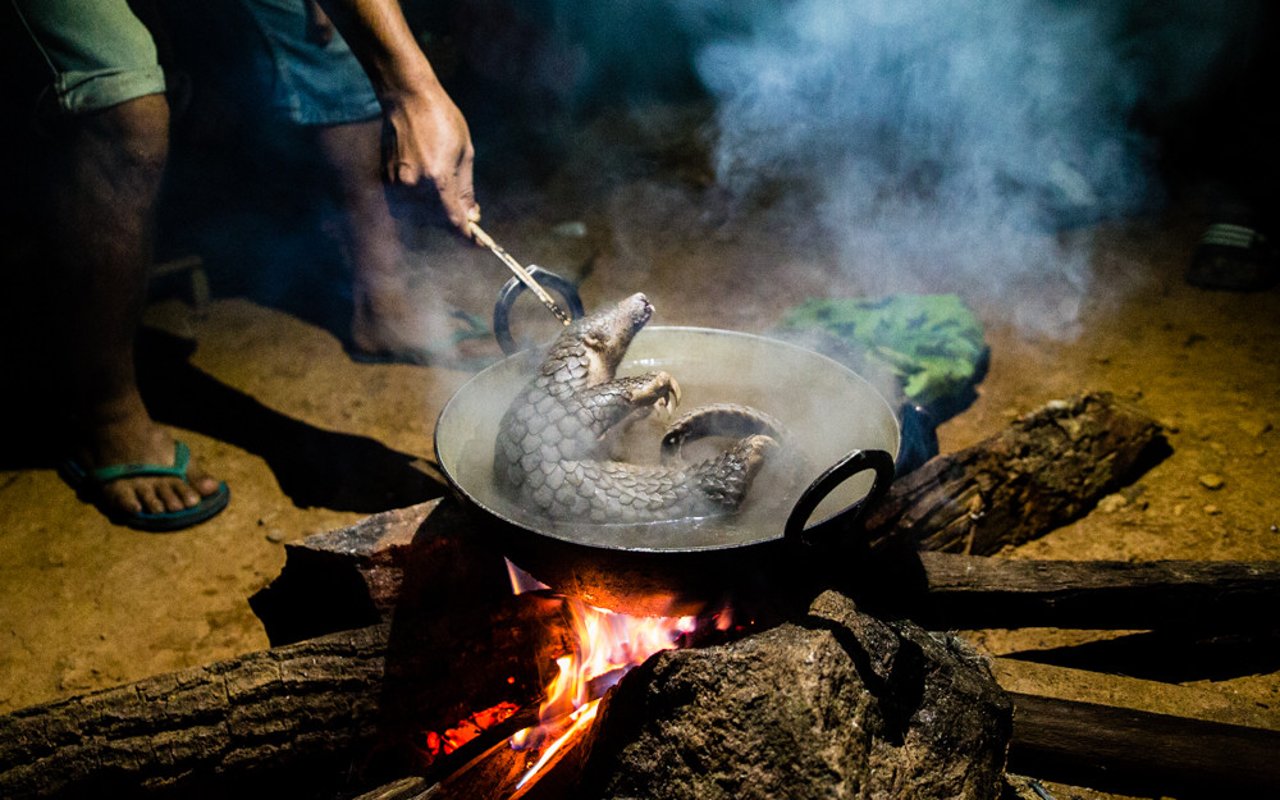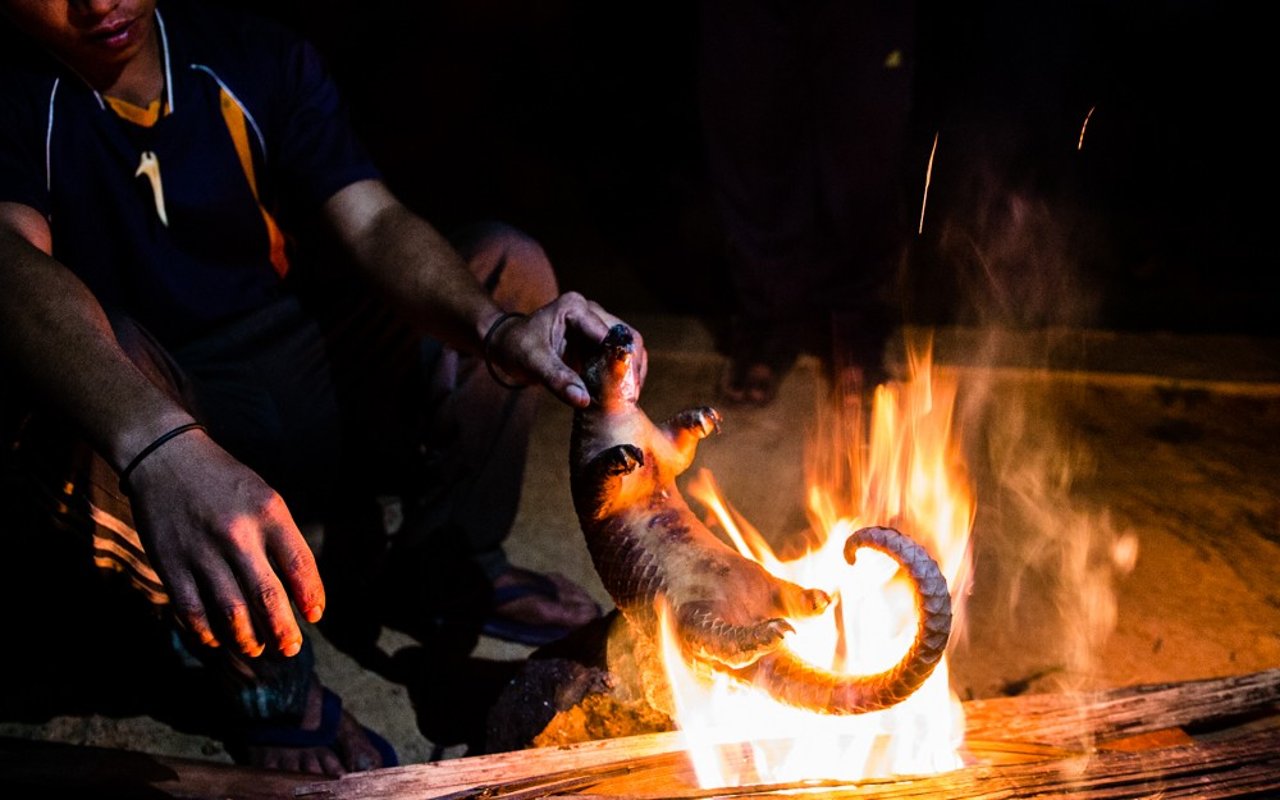
There are eight species of Pangolins found in the world today, four species in Asia and four species in Africa.
The Plight of Pangolins
Whereas most people are aware of the plight of large charismatic animals like tigers, lions, elephants, and rhinos, many people are still completely oblivious to the existence of the pangolin, an animal that may well be the most trafficked animal on the planet. There are eight species of Pangolins found in the world today, four species in Asia and four species in Africa. Among these, there are two species of Pangolin found in India, the Indian Pangolin and Chinese Pangolin. The Indian Pangolin is widely distributed in India and is also found in Bangladesh, Pakistan, Nepal, and Sri Lanka. Within India, the Indian Pangolin is widely distributed and is found in Andhra Pradesh, Bihar, Chhattisgarh, Delhi, Gujarat, Jharkhand, Karnataka, Kerala, Madhya Pradesh, Odisha, Rajasthan, Tamil Nadu, Uttarakhand, Uttar Pradesh, and West Bengal. The Chinese Pangolin is found in North East India as well as Bangladesh, Bhutan, Nepal, Myanmar, China, Laos, Taiwan, Thailand, and Viet Nam. Pangolins are covered with scales and the Indian Pangolin has larger scales than the Chinese Pangolin.
The intense hunting of pangolins for meat and making of traditional medicine
Both species of Pangolins in India are threatened by intense hunting for meat and usage of their scales for traditional medicine. The Chinese Pangolin is listed as Critically Endangered and the Indian Pangolin as Endangered by the International Union of Conservation of Nature. Despite being placed on Schedule I of India’s Wildlife Protection Act that accords the highest level of protection to these animals just like the tiger and elephant, there is massive poaching and illegal trade in these animals. Poachers use gruesome techniques to capture and kill these shy and harmless animals, including boiling them alive to extract their scales.
The Convention of International Trade in Endangered Species
Since 1975, both the Indian and Chinese Pangolins have been placed on Appendix II of the Convention of International Trade in Endangered Species with an added provision since 2000 that there ought to be no export of wild-caught specimens of these species for commercial purposes. Despite these safeguards, poaching of pangolins is rampant in India and indeed, throughout the world. In India, some tribes hunt pangolins traditionally. There have been huge seizures of pangolin scales in India, which according to weight indicate that an alarmingly high number of animals have been killed for the quantity of scales seized. Pangolin scales have been confiscated with tiger products and also with narcotics in India, indicating a link between these kinds of smuggling. In January 2014, Wildlife Crime Control Bureau issued an alert to different enforcement agencies like police, forest department, customs, and postal authorities to be wary of the trade in this species. Pangolins do not thrive in captivity and are extremely difficult to breed in zoos. However, Nandankanan Zoo in Bhubaneshwar has undertaken commendable efforts to maintain and breed the Indian Pangolin in their care. Nandankanan has also commissioned research on the natural history and status of pangolins in the wild.
World Animal Protection is investigating the illegal trade in pangolins
It seems that a little known animal is facing oblivion even before we know anything about their ecological importance. World Animal Protection is investigating the illegal trade in pangolins and assessing the threats to the survival of this animal. All-round efforts to address demand and control poaching, combined with multipronged initiatives for raising awareness can help secure the future of these scaly denizens of the Indian forests.


